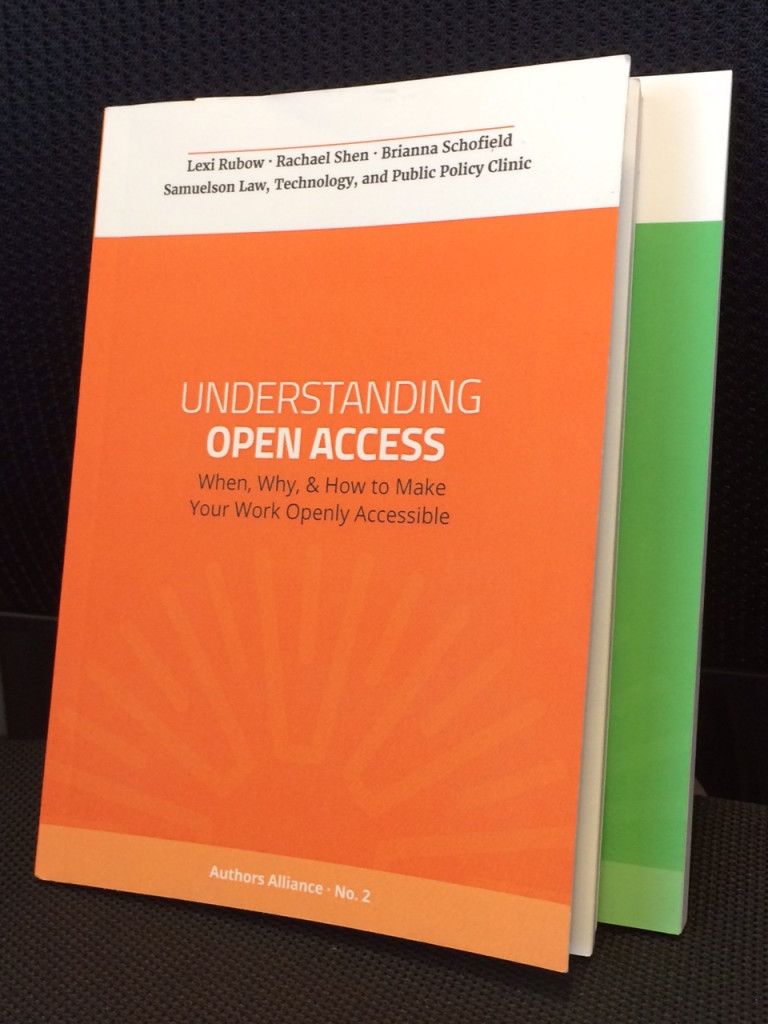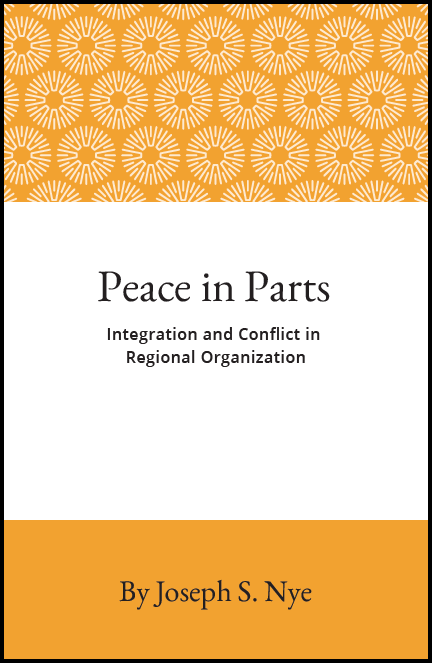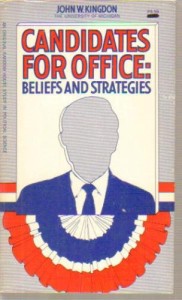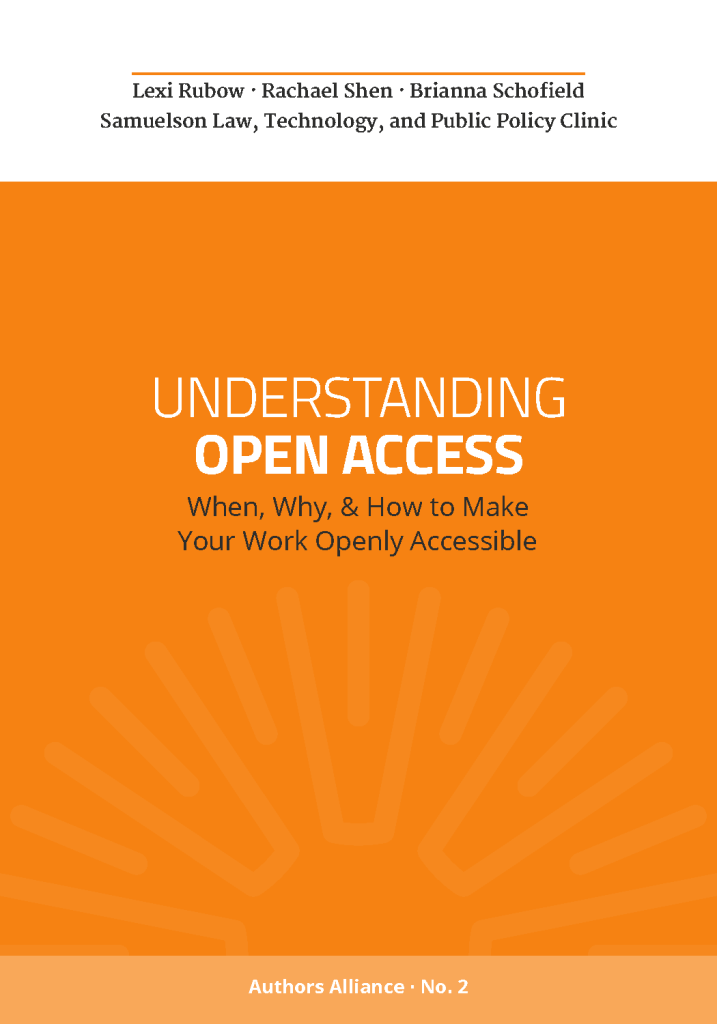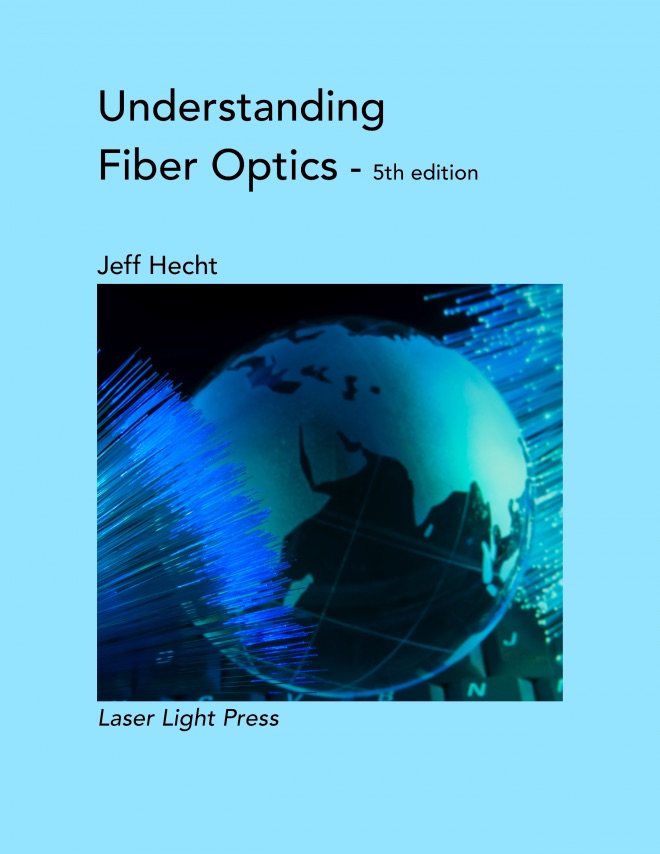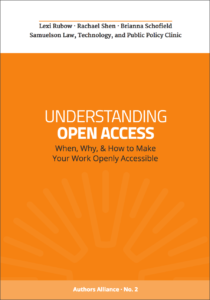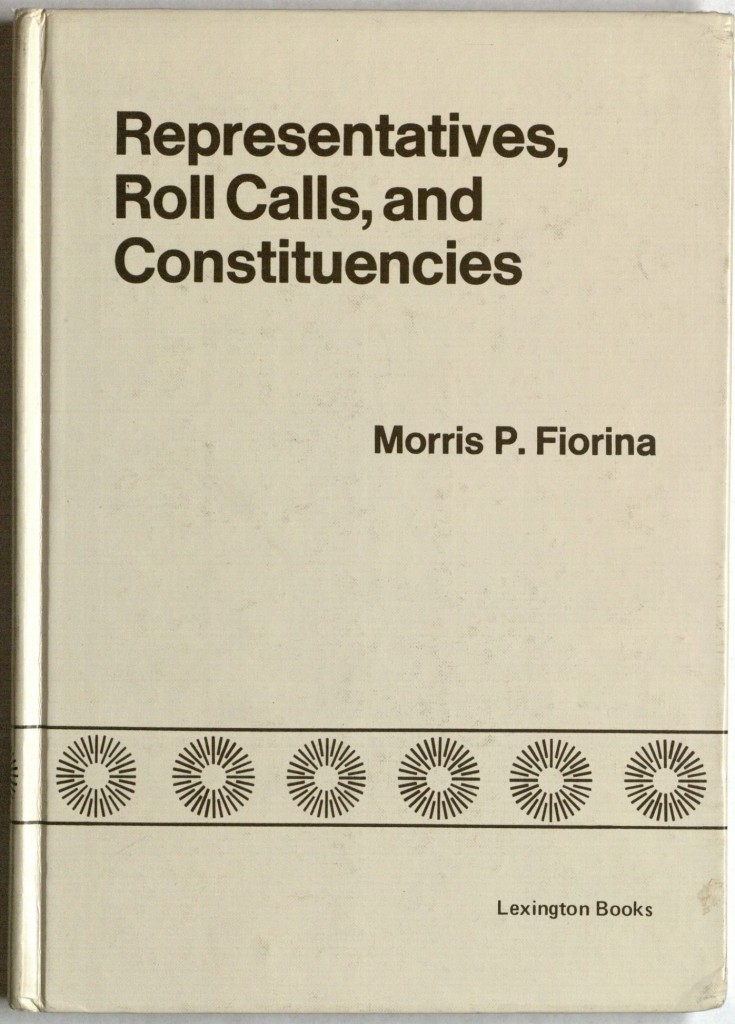
In this, the second post in our series on “Caged Masterpieces,” Robert Van Houweling, a professor of Political Science at UC Berkeley and Authors Allliance member, reviews Representatives, Roll Calls, and Constituencies by Morris Fiorina. This 1974 book laid the foundation for much of Fiorina’s later work, and remains relevant to today’s political landscape, yet it is out of print and difficult to find—a “caged masterpiece” that remains largely inaccessible to scholars, students, and the public.
Morris P. Fiorina of Stanford University has been a leading voice in debates about the partisan polarization of American politics. His central contribution has been the observation that the positions of politicians have polarized more quickly than those of voters. This has created what Fiorina terms a representational “disconnect.” The source of this disconnect and its ability to persist in the face of frequent democratic elections has become a central puzzle in political science.
While Fiorina’s most recent contributions on this topic are written for a wide audience and readily available, his initial attempt to understand the relationship between voters and their elected representatives is nearly impossible to obtain. It is his 1974 caged classic Representatives, Roll Calls, and Constituencies. If you are lucky enough to find a copy in your library, it will be heavily marked up to the point of being unreadable. You might find a similarly well-loved (or hated) copy for a reasonable price in the secondary market, but a fresh copy will cost hundreds of dollars. This is too bad, because the observations and correctives that Fiorina offers in this 1974 volume continue to be important for understanding politics today. I’ll offer two examples.
Fiorina presents a theoretical treatment of when and how we can expect legislators to represent different groups of voters in their districts. A powerful point he makes is that analysts often assume that demographic groups will gain influence in a linear fashion in proportion to their numbers. For example, a representative of a district with an electorate that is 20% Latino will be twice is likely to represent the interest of Latino voters than a representative from a district that is 10% Latino. Fiorina points out that there is a critical flaw in this logic. For the influence of the group to grow it must become pivotal to the re-election prospects of the representative. In most cases this will create a non-linear relationship between a group’s size and its sway over its representatives. There will be some point at which it becomes large enough to be critical to the re-election prospects of the representative, and at that point the representative will speak and vote for the group. But below that threshold the representative can safely ignore the group, and its size will matter little in driving the actions of the representative. Fiorina’s observation has implications for a range of debates in political science today, the most obvious of which are ones surrounding gerrymandering and redistricting.
Representatives, Roll Calls, and Constituencies also provides a prescient contribution to contemporary debates about polarization. In short, Fiorina offers the first evidence of the “disconnect” that has become a focus of his more recent scholarship. He does this by comparing the roll call records of legislators from different parties who represent the same district back-to-back. What he finds is that, when a legislator is replaced by a legislator from of the other party in the House of Representatives, the way the district is represented on roll calls changes substantially. Today this insight might not come as a shock given the popular debate surrounding polarization. But a couple of things are worth bearing in mind. First, these swings over the center of the district mean that the moderates in a district (the median voter in formal lingo) are almost never well-represented in Congress. This is a point that still escapes many modern scholars, pundits, and journalists. Second, some level of “disconnect” was already a feature of American politics in the less polarized era that immediately preceded the publication of Representatives, Roll Calls, and Constituencies.
This was a book before its time that is important for understanding ours. It did not enjoy the multiple printings and robust secondary market its insights merit. It is time to uncage it.
Countless works of enduring value and significance fall out of print and remain essentially off-limits, which not only denies their creators an intellectual legacy, but also stymies researchers, libraries, artists, and others whose work could be enriched by access. A treasure trove of creative, historical, and cultural output languishes in this informational no man’s land, and the power of these works to inform, educate, and enlighten is greatly diminished.
Authors Alliance is deeply committed to the belief that these “caged masterpieces” deserve to be widely read. To that end, we are creating a series of examples to highlight them. We want to hear from you about works that are valuable, interesting, relevant—and out of reach. We invite you to contact us at info@authorsalliance.org and nominate more “caged masterpieces” to be featured in this space. And to all authors whose own books might be locked away out of sight, we encourage you to take action and recover the rights to your work in order to give it new life.

